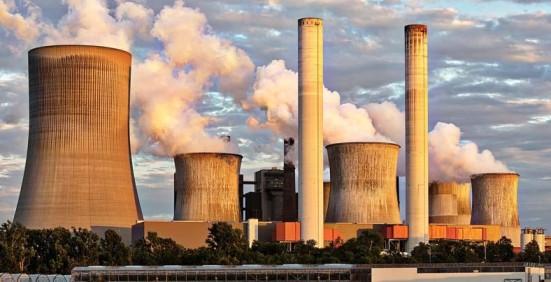India–US Trade Tensions Rise Over Steel and Auto Tariffs NMDC Limited reports a 38% drop in Q4 FY24 consolidated net profit RINL to Raise $23 Million Through Land Sales Amid Crisis

India is planning to create 1 lakh MW of nuclear power by 2047, a massive increase from the current production of over 8,000 MW, Atomic Energy Commission Chairman A K Mohanty mentioned in a statement. Mohanty was speaking at the release of a report, 'Synchronising Energy Transitions Towards Possible Net Zero for India: Affordable and Clean Energy for All', largely funded by the Office of the Principal Scientific Adviser to the government of India.
Ravi B Grover, Chairman Emeritus of the Homi Bhabha National Institue, said the report was necessary as studies for energy transition for India have come up with a very insignificant role for nuclear citing high input cost and lower public acceptance. Mohanty said a vision document for 'Amrit Kaal' was being prepared by the Department of Atomic Energy which envisages reaching a nuclear capacity of about 100 GW by 2047.
He said the breeder reactors would contribute 3 GW of nuclear power, while 17.6 GW would come from light water reactors built with international cooperation and another 40-45 GW would come from the pressurised heavy water reactors. The report released on Wednesday stated that if India planned to phase down coal usage in the next three decades, it would need to build adequate infrastructure for alternative sources such as nuclear power, in addition to flexible grid infrastructure and storage to support the integration of renewable energy.
"If India intends to follow coal-dependent pathways, it will need to explore carbon dioxide technologies (CDRs) as well, such as bioenergy with carbon capture and storage (BECCS) and CCUS, to fully understand their long-term potential," it said.
Also Read : India wants higher domestic coal production, reduced imports Coal India achieves 610.8-MT supply to power sector, tops annual target